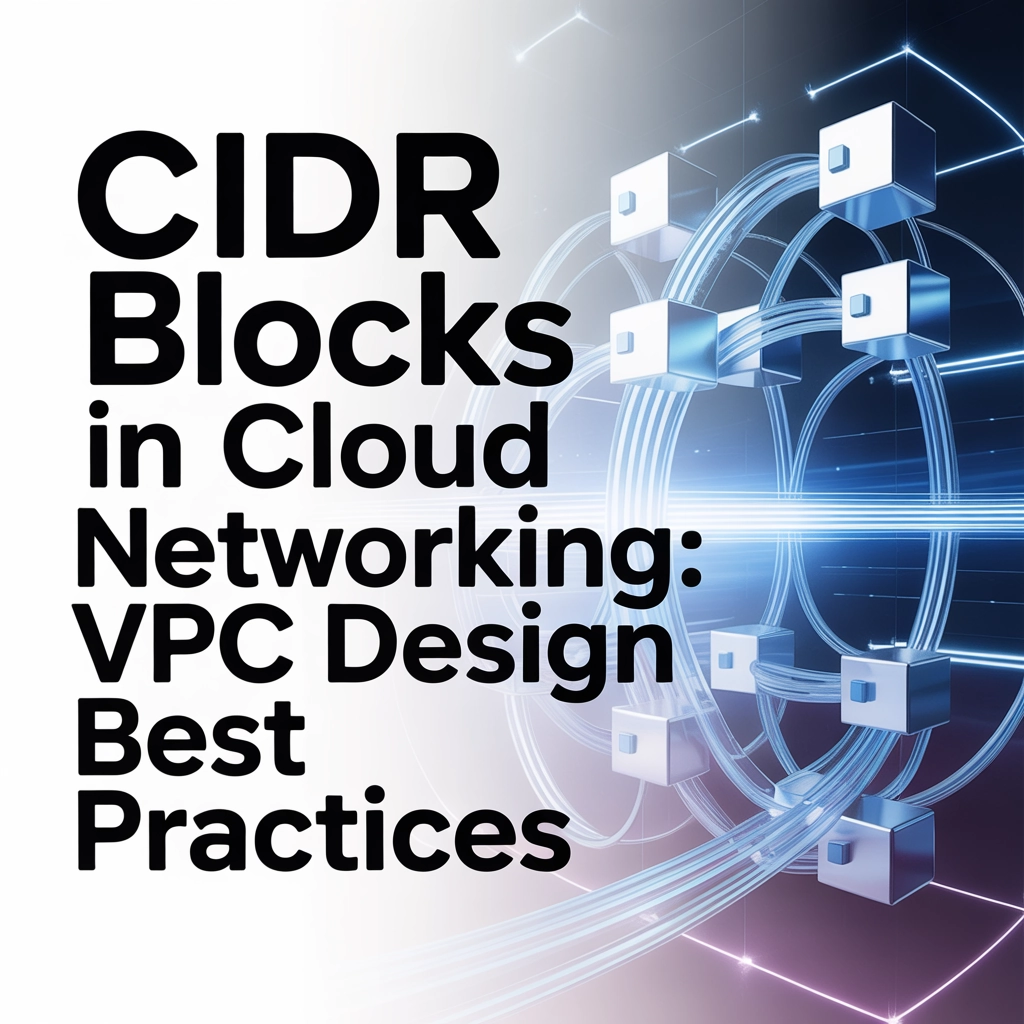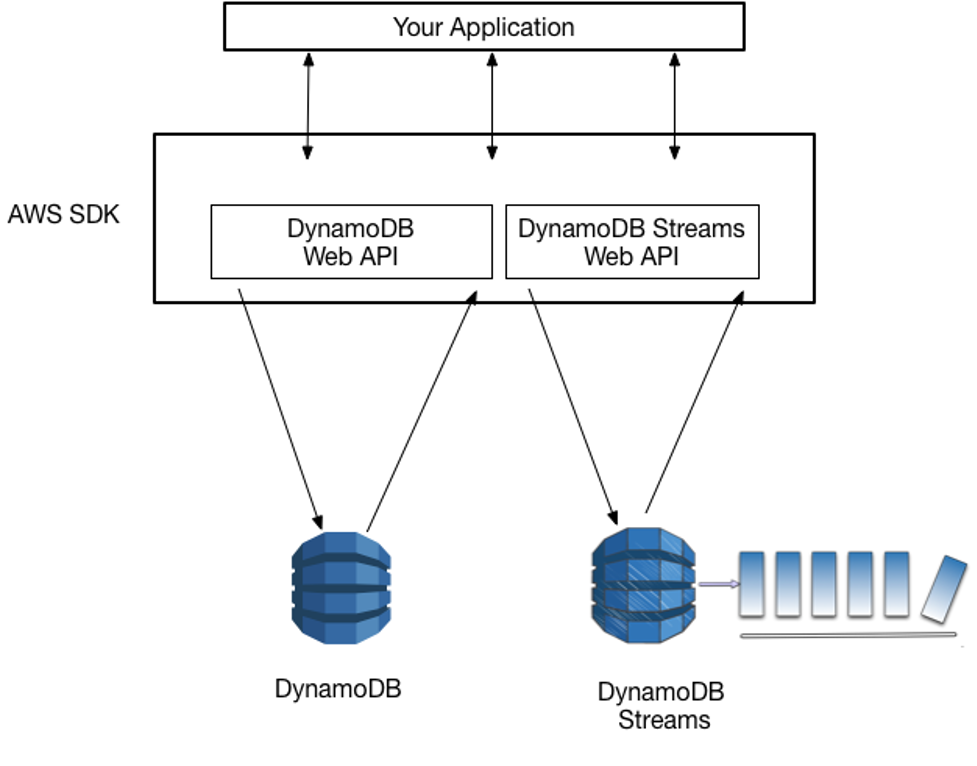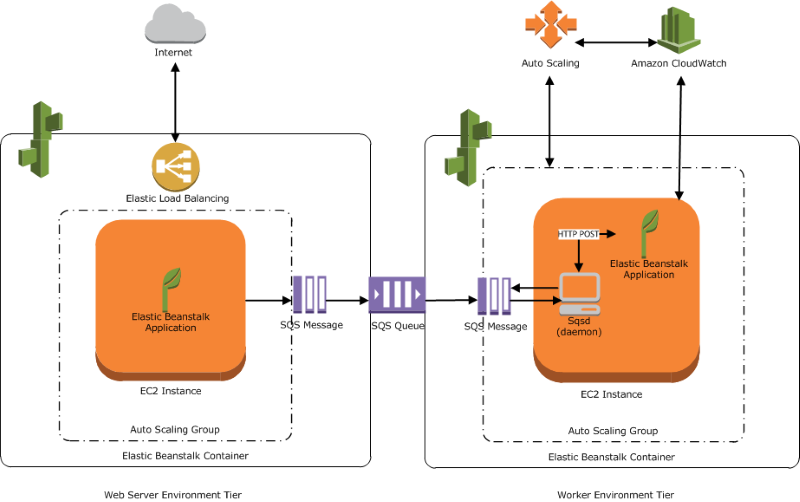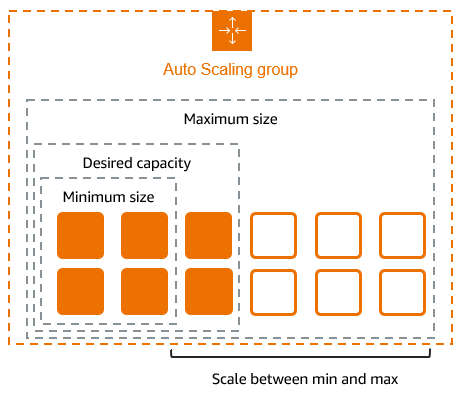Introduction: Why CIDR Matters in Cloud Architecture
When designing cloud infrastructure, few decisions have more long-term impact than your IP addressing strategy. Virtual Private Clouds (VPCs) form the foundation of your cloud network architecture, and the CIDR blocks you choose will determine your network's scalability, security posture, and connectivity options for years to come.
Poor CIDR planning leads to painful network redesigns, IP conflicts, and routing headaches that can bring production environments to a standstill. This guide explores best practices for implementing CIDR blocks in cloud environments across AWS, Azure, and Google Cloud Platform.
Understanding CIDR in Cloud Networking
CIDR (Classless Inter-Domain Routing) notation provides a flexible method for allocating IP addresses and routing network traffic. In cloud environments, CIDR blocks define the IP address range available to your Virtual Private Cloud (VPC), Virtual Network (VNet), or VPC Network depending on your cloud provider.
A CIDR block consists of a base IP address followed by a prefix length (e.g., 10.0.0.0/16), which specifies how many bits are allocated to the network portion of the address. The smaller the prefix number, the larger the address space:
- /16 provides 65,536 IP addresses (2^16)
- /20 provides 4,096 IP addresses (2^12)
- /24 provides 256 IP addresses (2^8)
- /28 provides 16 IP addresses (2^4)
VPC CIDR Selection Best Practices
1. Use RFC 1918 Private Address Ranges
Always use private IP ranges for your VPC CIDR blocks as defined in RFC 1918:
- 10.0.0.0/8 (10.0.0.0 – 10.255.255.255)
- 172.16.0.0/12 (172.16.0.0 – 172.31.255.255)
- 192.168.0.0/16 (192.168.0.0 – 192.168.255.255)
These ranges are designed for private networks and won't conflict with public internet routing.
2. Right-Size Your VPC CIDR Block
When selecting your primary VPC CIDR:
- Consider future growth: Allocate more IP space than you currently need.
- Balance size with management: Larger blocks provide flexibility but can be harder to manage.
- Follow cloud provider constraints:
- AWS allows VPC CIDRs between /16 and /28
- Azure VNets support address spaces from /8 to /29
- GCP VPC networks can use any RFC 1918 range
3. Plan for Multi-Account/Multi-Region Strategy
Enterprise environments typically span multiple cloud accounts and regions:
Production Account:
- US-East VPC: 10.0.0.0/16
- US-West VPC: 10.1.0.0/16
- EU VPC: 10.2.0.0/16
Development Account:
- US-East VPC: 10.10.0.0/16
- US-West VPC: 10.11.0.0/16
This systematic approach prevents overlaps and simplifies VPC peering, transit gateways, and firewall rules.

Subnet Design Strategies
Within your VPC CIDR block, you'll need to create subnets across multiple availability zones. Here are key considerations:
1. Create Consistent Subnet Sizing
A common approach is to use /24 subnets (256 IPs) for most workloads:
VPC CIDR: 10.0.0.0/16
Public Subnets:
- AZ1: 10.0.0.0/24
- AZ2: 10.0.1.0/24
- AZ3: 10.0.2.0/24
Private Application Subnets:
- AZ1: 10.0.10.0/24
- AZ2: 10.0.11.0/24
- AZ3: 10.0.12.0/24
Database Subnets:
- AZ1: 10.0.20.0/24
- AZ2: 10.0.21.0/24
- AZ3: 10.0.22.0/24
2. Account for Reserved Addresses
Every subnet has provider-reserved addresses:
- AWS: First 4 IP addresses and the last IP in each subnet are reserved
- Azure: First 4 IP addresses and the last IP in each subnet are reserved
- GCP: First 2 IP addresses and the last IP in each subnet are reserved
For example, in a 10.0.0.0/24 AWS subnet, the usable range is actually 10.0.0.4 to 10.0.0.254.
3. Implement Functional Segmentation
Group resources by function and security requirements:
- Public subnets: Load balancers, bastion hosts, NAT gateways
- Private application subnets: Application servers, containers
- Database subnets: RDS, NoSQL clusters
- Service subnets: Internal services like Active Directory
This approach simplifies security groups, network ACLs, and traffic flow management.
Avoiding Common CIDR Pitfalls
1. Overlapping CIDR Blocks
Overlapping CIDRs are the most common and disruptive network design mistake. They prevent:
- VPC peering connections
- Transit Gateway attachments
- VPN connections to on-premises networks
Example of overlapping CIDRs:
VPC A: 10.0.0.0/16 (10.0.0.0 - 10.0.255.255)
VPC B: 10.0.128.0/17 (10.0.128.0 - 10.0.255.255)
These VPCs cannot be directly connected because their IP ranges overlap.
2. Insufficient CIDR Sizing
Under-provisioning IP space creates constraints:
- Too small VPC CIDR: Unable to add new subnets as your application scales
- Too small subnet CIDRs: Run out of IP addresses for resources
- No room for expansion: Unable to implement new services or tiers
Always provision 2-4 times more IP space than your initial calculations suggest.
3. Irregular Subnet Boundaries
Non-binary subnet boundaries make management difficult:
Poor practice:
VPC CIDR: 10.0.0.0/16
Subnet 1: 10.0.0.0/24
Subnet 2: 10.0.1.0/25 (non-standard size)
Subnet 3: 10.0.1.128/25 (non-standard size)
Better practice:
VPC CIDR: 10.0.0.0/16
Subnet 1: 10.0.0.0/24
Subnet 2: 10.0.1.0/24
Subnet 3: 10.0.2.0/24
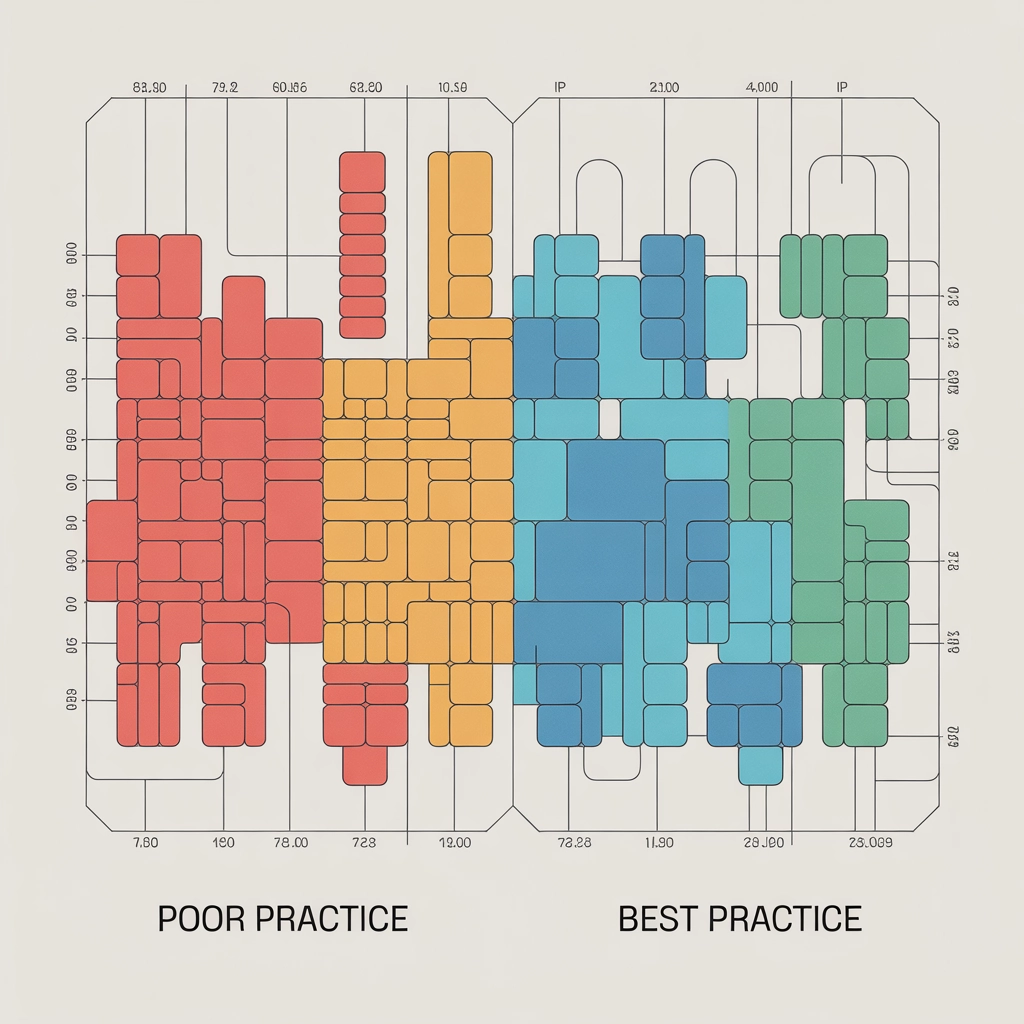
Real-World VPC Design Example
Let's design a production-ready VPC for a three-tier web application with high availability:
VPC CIDR Planning
VPC CIDR: 10.0.0.0/16 (65,536 IP addresses)
Subnet Allocation
Public Subnets (Internet-facing resources):
- us-east-1a: 10.0.0.0/24
- us-east-1b: 10.0.1.0/24
- us-east-1c: 10.0.2.0/24
Private Application Subnets:
- us-east-1a: 10.0.10.0/24
- us-east-1b: 10.0.11.0/24
- us-east-1c: 10.0.12.0/24
Private Database Subnets:
- us-east-1a: 10.0.20.0/24
- us-east-1b: 10.0.21.0/24
- us-east-1c: 10.0.22.0/24
Network Architecture
- Public subnets:
- Internet Gateway for outbound/inbound traffic
- Application Load Balancer
- NAT Gateways (one per AZ for high availability)
- Private application subnets:
- EC2 instances in Auto Scaling Group
- Container services (ECS/EKS)
- Traffic flows through NAT Gateways for internet access
- Private database subnets:
- RDS instances
- ElastiCache clusters
- No direct path to internet

Planning for Hybrid Cloud Connectivity
When connecting your cloud VPC to on-premises networks via VPN or Direct Connect, coordination is crucial:
- Document all existing network ranges in your organization
- Choose non-overlapping CIDR blocks for your VPCs
- Create a central IP address management (IPAM) registry
- Implement route summarization wherever possible
For example, if your on-premises network uses 192.168.0.0/16, choose 10.0.0.0/8 ranges for your cloud networks.
Essential CIDR Tools for Cloud Engineers
Several tools can help with CIDR planning and management:
1. CIDR Calculators
- ipcalc: Command-line tool for subnet calculations
ipcalc 10.0.0.0/16
- Online calculators: Sites like cidr.xyz and ipaddressguide.com
2. Cloud Provider Tools
- AWS VPC CIDR Calculator: Available in the VPC creation wizard
- Azure Virtual Network subnet calculator: Built into the Azure portal
- GCP IP Address Range tool: Part of the VPC creation process
3. Infrastructure as Code Tools
- Terraform: Define and validate network ranges before deployment
resource "aws_vpc" "main" {
cidr_block = "10.0.0.0/16"
tags = {
Name = "main-vpc"
}
}
resource "aws_subnet" "public_1a" {
vpc_id = aws_vpc.main.id
cidr_block = "10.0.0.0/24"
availability_zone = "us-east-1a"
tags = {
Name = "public-1a"
}
}
- CloudFormation/CDK: Automate network creation with proper CIDR allocation
Conclusion: Future-Proofing Your Cloud Network
Effective CIDR planning is the foundation of a flexible, secure, and scalable cloud network. By implementing these best practices, you'll avoid painful network redesigns and connectivity issues as your cloud footprint grows.
Key takeaways:
- Start with a sufficiently large VPC CIDR (typically /16)
- Implement consistent subnet sizing across availability zones
- Segment network tiers with dedicated subnet groups
- Avoid overlapping CIDR blocks at all costs
- Document your IP allocation strategy for future reference
Remember that modifying VPC CIDR blocks after creation is difficult or impossible in most cloud providers. Take the time to plan thoroughly before deployment, and your future self will thank you.
For more insights on cloud networking, check out our detailed guide on AWS Route 53 or explore our complete DevOps career roadmap.

